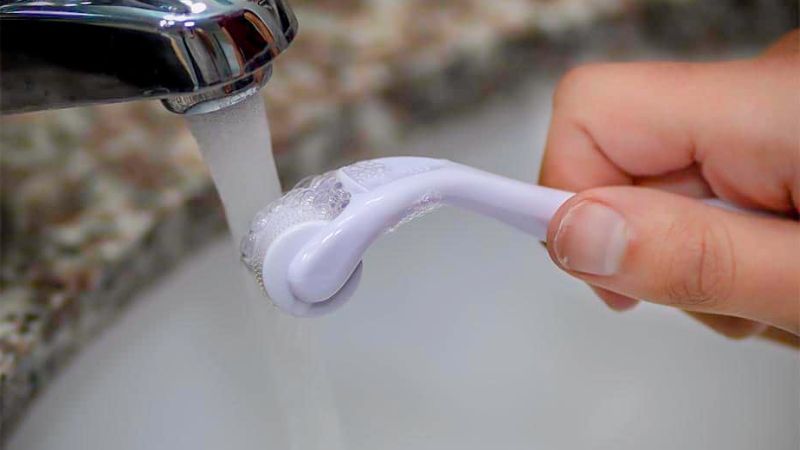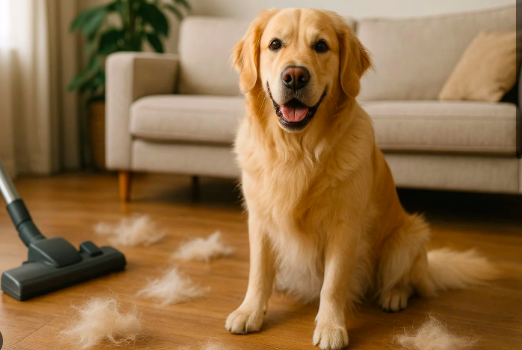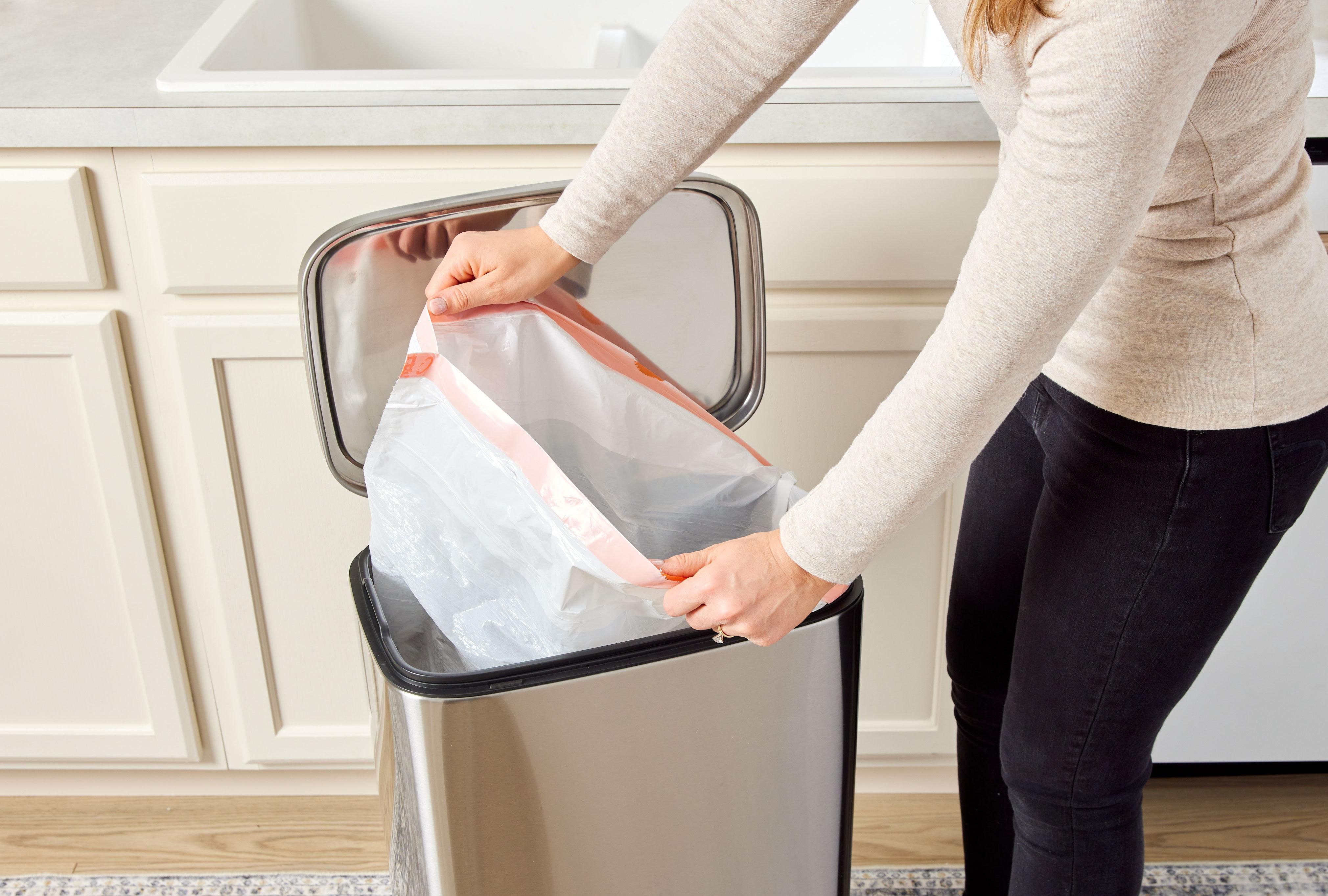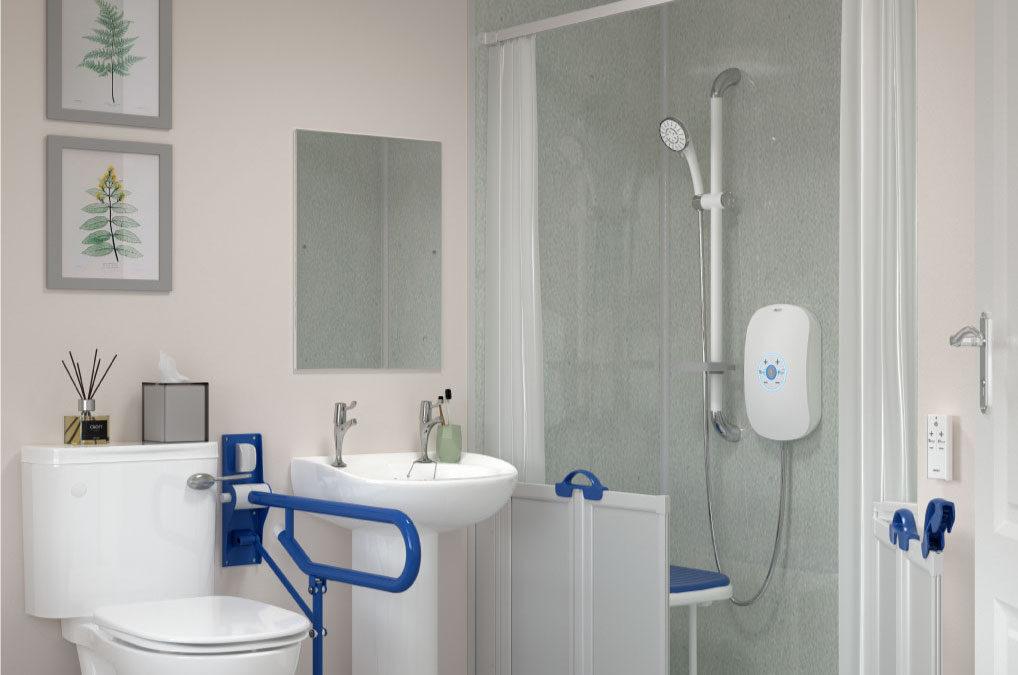Keeping your derma roller clean is essential for healthy, glowing skin and effective results. This small microneedling device helps reduce acne scars, fine lines, and promote hair growth, but it can easily harbor bacteria if not properly sanitized. In this complete guide, you’ll learn how to clean, disinfect, and safely store your derma roller at home—the dermatologist-approved way.
Why Cleaning Your Derma Roller Is So Important
Each time you use a derma roller, tiny microneedles puncture your skin to stimulate collagen production. If you fail to clean it, bacteria, dead skin cells, and oils can build up on the roller and cause:
-
Infections or breakouts
-
Skin irritation and inflammation
-
Reduced effectiveness of treatments
-
Premature wear of the roller
According to Dr. Mohiba Tareen (FAAD-certified dermatologist), cleaning before and after each use is non-negotiable for maintaining safe and healthy skin.
Step-by-Step: How to Sanitize a Derma Roller Properly
Step 1: Rinse with Warm Water
Before disinfection, rinse the roller under warm running water for 2–3 seconds. This helps remove any surface debris, such as skin residue or serum buildup.
Tip: Use a separate bowl or basin if your faucet water pressure is too high to avoid damaging the microneedles.
Step 2: Prepare a 70% Isopropyl Alcohol Solution
Pour 70% isopropyl (rubbing) alcohol into a clean glass or small dish. The roller head must be fully submerged in the alcohol for effective disinfection.
Avoid concentrations below 70%, as they’re not strong enough to kill bacteria effectively.
Step 3: Soak for 10–15 Minutes
Place your derma roller in the alcohol solution and soak it for at least 10–15 minutes. This ensures complete sterilization by killing all germs, bacteria, and residual contaminants.
Pro Tip: Set a timer so you don’t forget, and avoid over-soaking, which can loosen the needle glue over time.
Step 4: Rinse Again Under Warm Water
Once soaking is complete, rinse your derma roller under warm running water for 30–60 seconds to remove any leftover alcohol and debris.
Step 5: Air Dry on a Paper Towel
Place your derma roller upside down on a clean paper towel and let it air dry for about 10 minutes. Avoid using regular towels, as fabric fibers can get stuck in the microneedles.
Step 6: Store Safely
Once completely dry, store your roller in its original protective case. Keep it in a dry, cool area—away from the bathroom or other humid environments to prevent mold or rust.
Can You Clean a Derma Roller Without Alcohol?
No. You cannot effectively disinfect a derma roller without alcohol. Alternative cleaning methods like soap, vinegar, or Dettol won’t kill bacteria completely and may even damage your roller. Always use 70% isopropyl alcohol or higher for full sanitation.
How Often Should You Clean and Replace Your Derma Roller?
-
Clean: Before and after every use
-
Replace: Every 1–3 months (depending on frequency and needle quality)
If you use your derma roller once a week, monthly cleaning and disinfection will keep it safe. For daily or frequent use, consider replacing the head every 3–4 weeks.
How Often Should You Use a Derma Roller?
-
0.25mm or 0.5mm needles: 2–3 times per week
-
0.75mm or longer needles: Once per week
Never overuse your roller. Doing so can irritate the skin and slow healing. Always follow with a gentle serum or moisturizer and avoid direct sunlight for at least 24 hours after use.
Post-Care Tips After Derma Rolling
-
Apply hydrating serums (like hyaluronic acid) to soothe your skin
-
Avoid products with retinol, glycolic acid, or vitamin C for 24–48 hours
-
Wear SPF 30+ sunscreen daily
-
Keep your roller and face germ-free to prevent infections
Common Mistakes to Avoid
-
Skipping alcohol disinfection
-
Sharing your roller with others
-
Using tap water only
-
Cleaning too quickly or storing it damp
-
Rolling over active acne or open wounds
Final Thoughts
A clean derma roller means healthier skin and better results. By following these easy steps—rinsing, disinfecting, drying, and storing properly—you’ll extend your roller’s lifespan and avoid unwanted breakouts or infections.
For best results, always use 70% isopropyl alcohol, store your roller in a dry container, and replace the head regularly.



